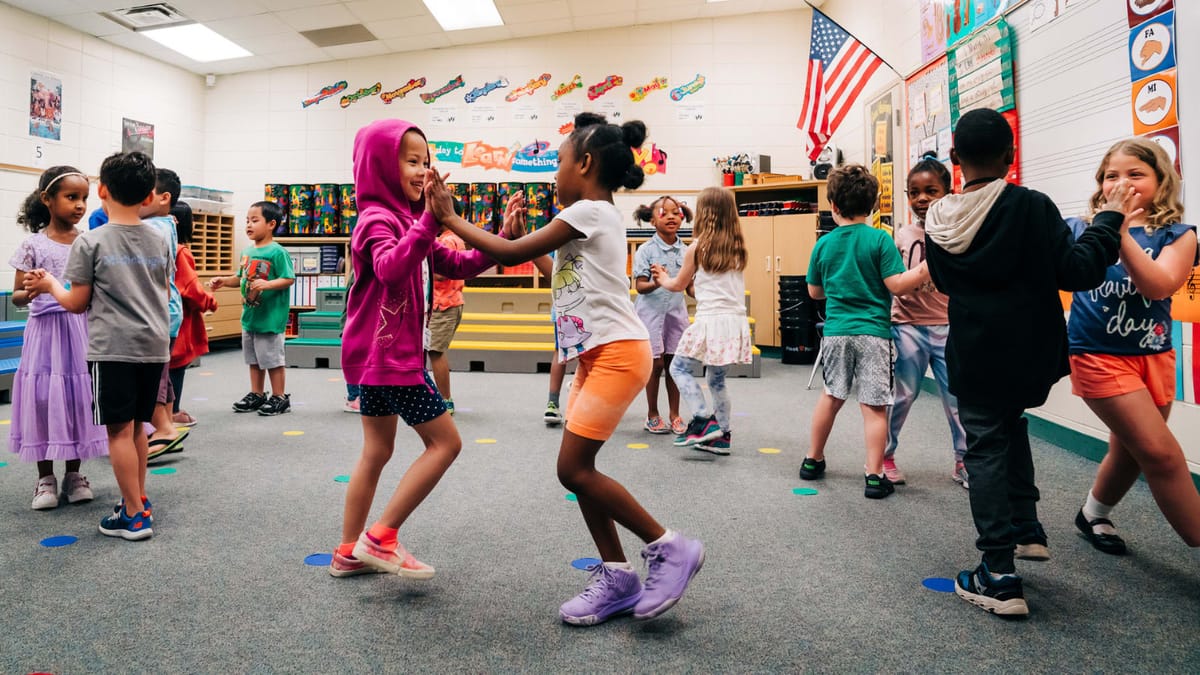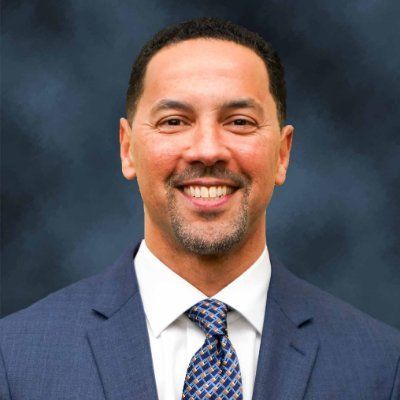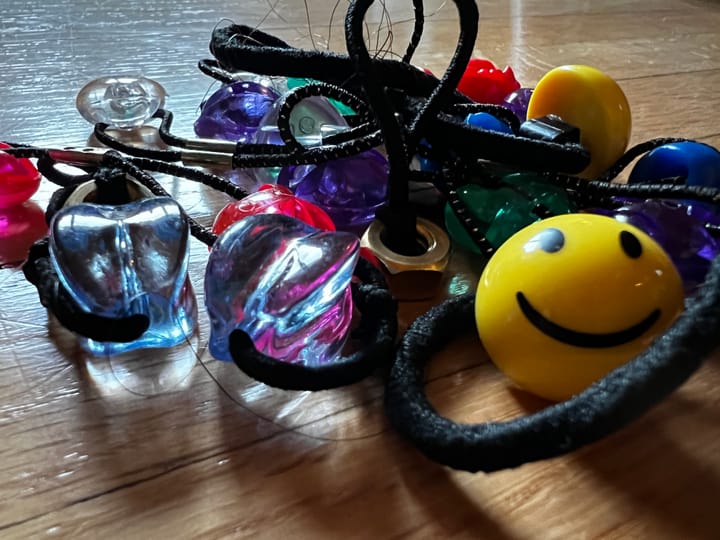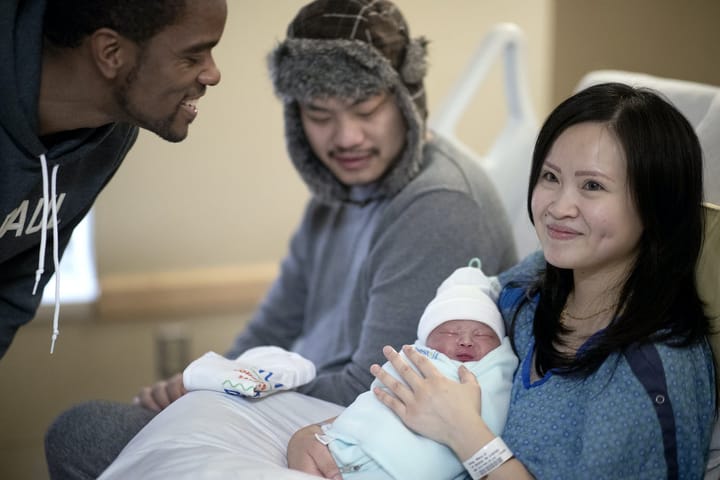How one school district meets harm with repair
As our national life becomes more polarized, educators need new ways to respond to acts of hatred in their school communities. Leaders at Osseo Area Schools created a clear, just, and replicable process for responding to such incidents with healing and repair. Here’s how.

Getting ahead of harm
At Osseo Area Schools, a sprawling district serving more than 20,000 students across a widely diverse swath of suburban Minneapolis, incidents of hateful harassment have been increasing — just as they have been nationwide. With strong leadership from their school board and emphatically inclusive values, OAS Assistant Superintendent Bryan E. Bass and his team could ask a courageous question: “How far ahead of harm can we get?”
With Dr. Bass’s leadership, OAS leaders took action to answer that question. Paula Forbes’s annual conference on creating racial harm protocols showed Bryan and his team how to assemble a working group to create one of their own. At Forbes’s suggestion, the OAS working group decided to adapt Learning for Justice’s nine-step framework for responding to hate in schools to the needs of the diverse communities their schools serve.
The framework was a good start — but how could OAS leaders turn those nine steps into a district-wide practice of responding to acts of harm with repair, every time it happens, across 35 schools from kindergarten to senior high? That’s what the OAS working group hired me to help them do.
What we did
- Together, the working group and I adapted the nine-step response framework into a clear, simple response handbook, custom-designed for Osseo Area Schools and their communities.
- Using a feedback presentation I created, OAS leaders workshopped the draft with teachers, staff members, and students — who gave thoughtful, deeply personal, and sometimes very challenging feedback to improve our work.
- After we incorporated the wisdom of those communities, OAS administrators began using the final Identity-Based Harm Response Handbook — and an associated printable checklist — in the spring of 2022.
How we did it
From values to language
Initially convened to create a “racial harm protocol,” the working group and I quickly realized that we’d need to broaden our conception of harm beyond racism. The district’s stated value of intrinsic value helped us find the language we needed: what we decided to call identity-based harm. Here’s how the final handbook begins:
Here at Osseo Area Schools, we believe in the intrinsic value of every person. In our strategic plan, we affirm “that each scholar, staff member and family is valued and respected for their perspective, experience and contributions.” Whenever the intrinsic value of any member of our community is called into question by harmful actions that targets who they are, it is our responsibility as educational leaders to respond quickly — with justice, compassion, and healing.
By defining identity-based harm in this way, OAS leaders reaffirm their district-wide commitment intrinsic value of every person.
A clear process for challenging moments
When identity-based harm happens, educators need to respond quickly and calmly — even if they themselves are deeply shaken by what happened. To that end, we streamlined the nine-step Learning for Justice protocol into three simple phases:
- Take action immediately
- Partner with community
- Repair relationships
That three-phase structure has already helped OAS educators respond to harm more quickly and reliably than before.
Learning from experience
“We do a great job at the first two phases,” Dr. Bass told me. “The last one, in terms of the ongoing restorative repair work. We do it up front, but our challenge is to sustain it.” Sustaining the work of community repair is the work Dr. Bass’s team will focus on in the year ahead — and they know there’s an opportunity to improve because learning from experience is an integral part of the process we designed. In response to feedback from educators, we supplemented the response handbook with a printable checklist, which educators and administrators work from at every phase of their response.
What’s next
Now that the 2023–24 school year has begun, Osseo Area Schools leaders are sharing the new harm-response protocol with principals, teachers, and students. “We’re creating a video that we’re rolling out to principals to use in staff meetings with teachers, who will then talk about the protocol in homeroom,” Bass told me. “We’re encouraging kids to recognize and report harm based on race, culture, or identity, knowing that we’ll support them.” These early efforts are just the beginning.
Osseo Area Schools leaders envision the new identity-based harm protocol as a model for other school communities to implement. “It’s really important from our perspective to understand and study this, and try to replicate it,” said Dr. Bass. To that end, Hennepin County, where OAS is based, gave the education researchers at Brooklyn Bridge Alliance for Youth a grant to measure the effects of implementing this new approach to meeting hatred with repair.

“Honors the deep listening”
Ash was not only sensitive to the content, but captured it in a way that honors the deep listening we did in our communities. He used writing conventions to articulate our positionality so fluidly, deeply aligned and consistent with our values. If you want someone to help with writing, Ash is outstanding.
— Bryan E. Bass, Ed.D.
Assistant Superintendent of Equity & Achievement, Osseo Area Schools



